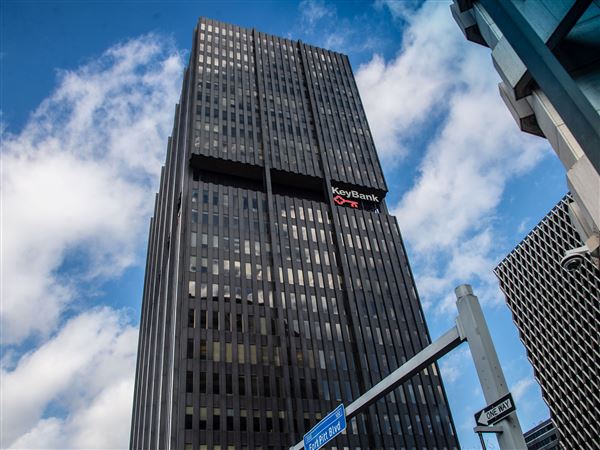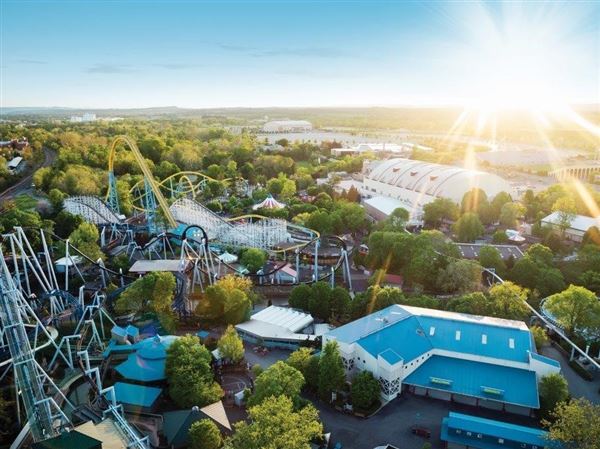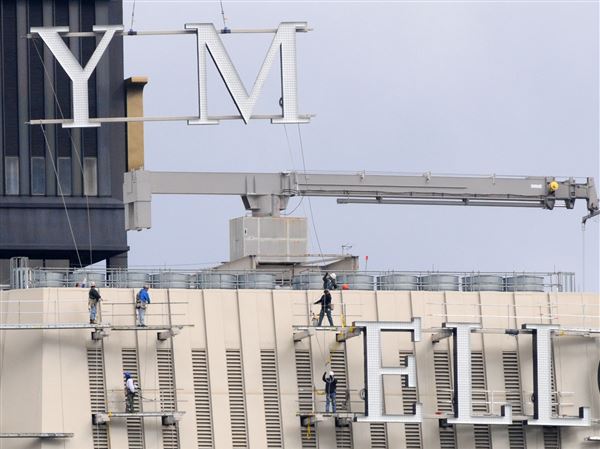Mars is usually a disappointingly small disk when viewed through a telescope or binoculars. However, once every 26 months, when Earth and Mars are close, telescopes can reveal a yellow-orange disk large enough to show dark surface features, a polar cap, clouds and even dust storms.
With Mars this close now, the occasion calls for a telescope. This is our last chance to see the Red Planet this large and bright until 2018. Even though the apparent diameter of Mars will be about 20 percent smaller than it was during opposition in 2003, Mars will be much higher in the sky this year, making it better for observing.
Viewing Mars will be a challenge especially for a novice. The disk is relatively tiny and more often than not it will usually be blurred to a degree by Earth's atmospheric seeing. Don't be discouraged if your view of the Red Planet doesn't match up to images you have seen in magazines or on the Web. Earth-bound telescopes can't reveal surface features, which are seen in many of the spacecraft images.
If you have some patience and wait until Mars is near its highest point (due south), and if you are viewing on a clear night when the air is also very steady, tantalizing views of dark and light markings on the surface of Mars, like dark Syrtis Major, are possible even with a 4-inch telescope. If you have trouble seeing these features, don't worry. The longer you spend at the eyepiece, the more likely you will catch a brief moment when the air is steady and the view clearer.
If you don't have a telescope or would like to see Mars through a large telescope, the Buhl Observatory at Carnegie Science Center will be offering extended Mars observing sessions over the next three weekends. Call 412-237-3327 for information.
First Published: January 28, 2010, 5:00 a.m.













